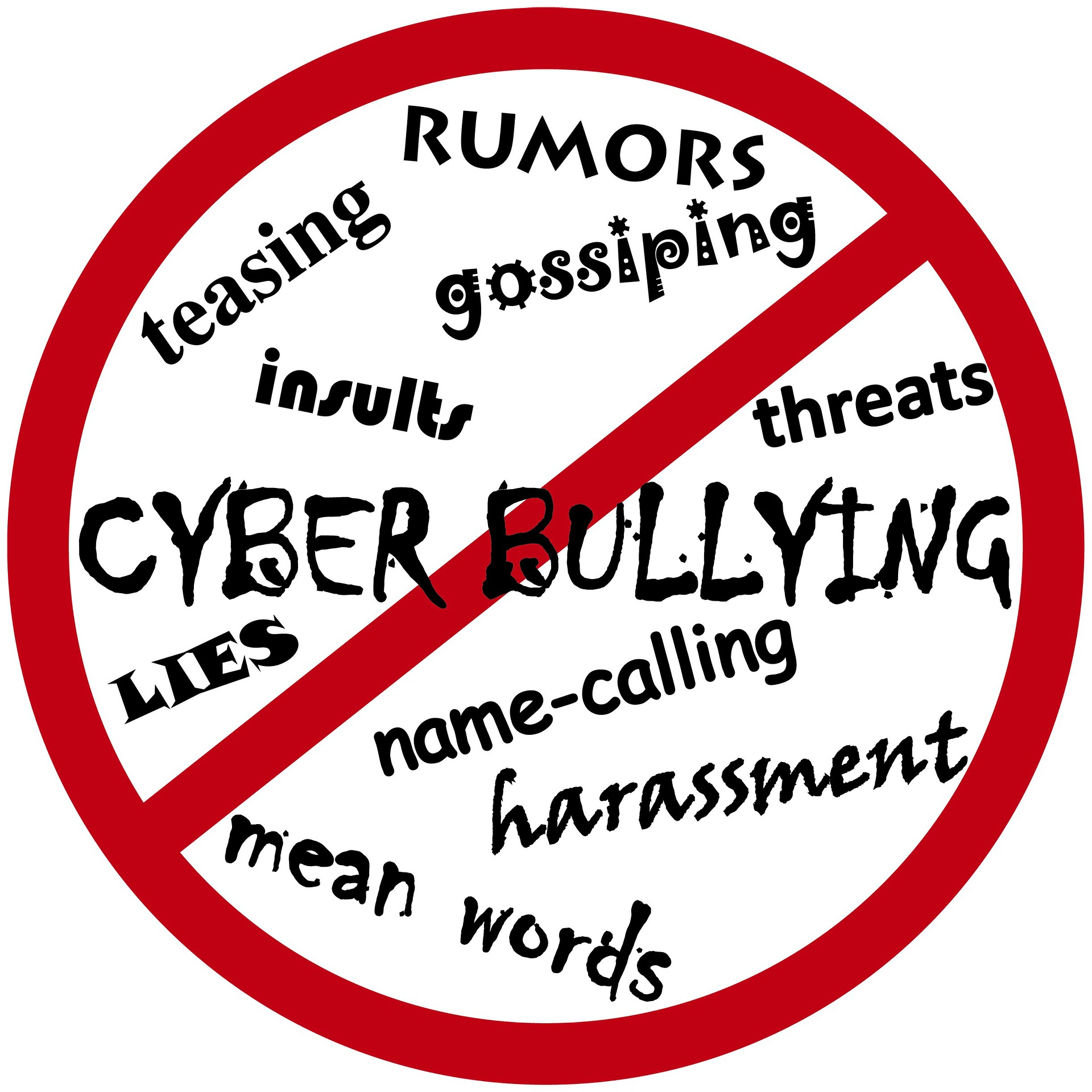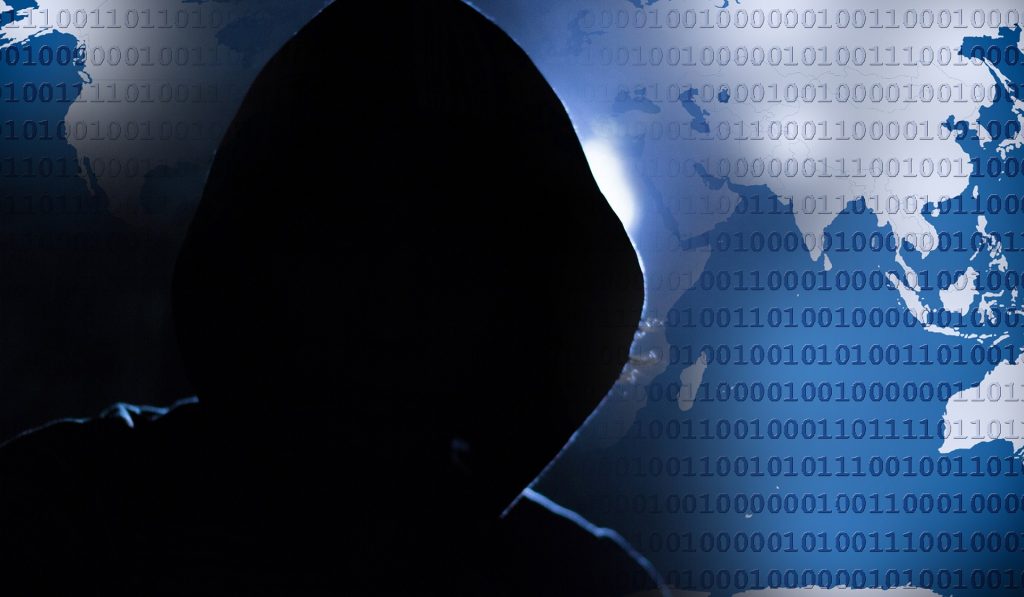Dangers of the Digital Age

An unspoken conflict exists between teens/preteens and adults. About having, using and managing smartphones and gadgets. Smartphone use is prevalent in young people’s lives. Adults being adults, who can sometimes be worrywarts, tend to search everything wrong with the new generation and their daily weapon of choice, the smartphone. They go about their business unaware of the dangers of the digital age.
Because youngsters have nothing to compare their lives without smartphones and all these social media platforms, most of them see nothing wrong with social media or the technology that they are now experiencing. To them it is a speedy way to connect, communicate and share. A novel way to express themselves. It is life as they know it.
Cyber bullying – the anonymity behind a keypad, those whispers, unflattering photos and threatening messages that will incite fear and embarrassment to our children. Without guidance and a strong support system, they will never tell and never be open enough to stand up to it.

Cyber flashing – as if bullying was not enough, this is another bad side of technology. The immediate and oftentimes anonymous unsolicited images can be sent through bluetooth or airdrop. Or the falsehood of befriending on apps using a different picture as profile, and receiving a call from this cyber flasher. The anonymity makes it even scarier for the victim. It could be enough to trigger anxiety issues and a general feeling of dread.
There has never been a need for parental guidance in the use of smartphones because until recently there has not been reports of this kind. Taking away smartphones may not be the right answer. Guidance and preparation, not to mention seeking out new solutions, have to be foremost in facing these problems of our digital lives. Perhaps technology can also shed some light in figuring out how to limit this predicament.
For now what we can control is how we prepare and mold our children. Being involved in their daily life and opening their eyes to the risks and potential harm of ‘stranger danger’ of both online and in real life situations.

